Did you know that indoor air can be up to 5 times more polluted than outdoor air? This is especially concerning for pet owners, as dogs and cats spend most of their time at home. Proper HVAC maintenance is crucial for keeping indoor air clean and breathable for four-legged friends.
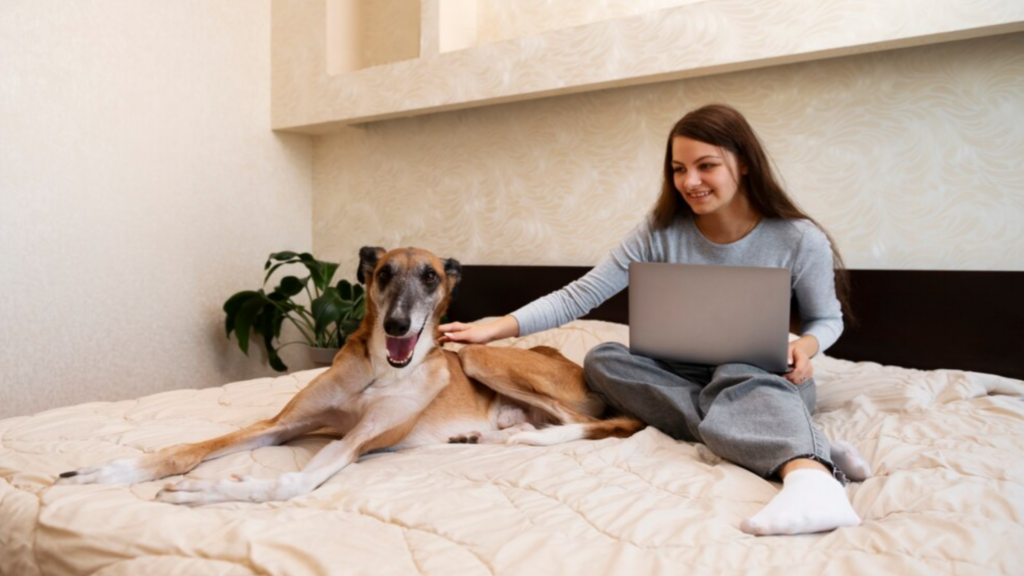
In this article, we’ll go over some HVAC care tips to optimize your home’s environment for pets. We’ll cover recommended temperature settings, changing air filters, eliminating odors, cleaning vents and ductwork, adding humidity, preventing mold and mildew, regular maintenance, and emergency preparedness. Following these guidelines will help ensure your furry companions have a safe, comfortable, and healthy home.
Ideal Home Temperature Ranges
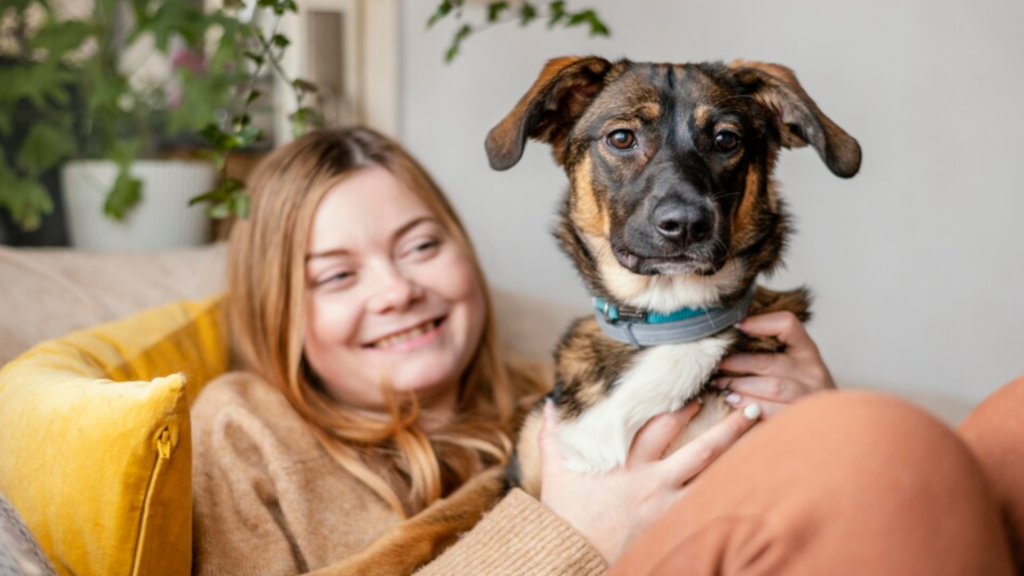
Different pets have different optimal temperature ranges that they thrive in. It’s important for pet owners to understand these ideal ranges and maintain them in their home through proper HVAC usage. Failing to do so can pose health risks for pets.
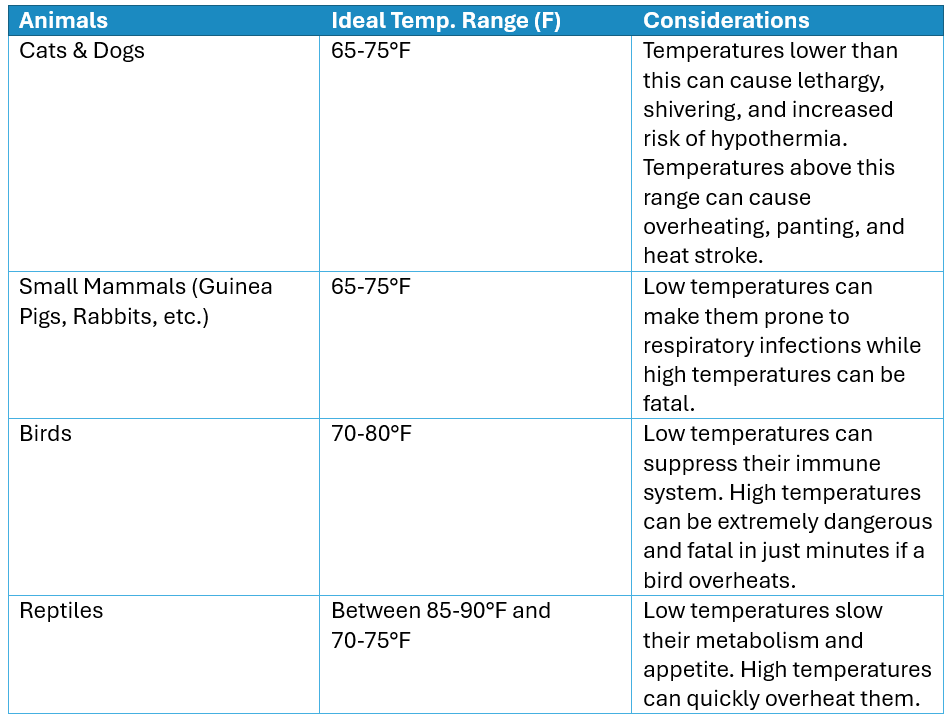
By keeping the home HVAC system set to an appropriate temperature range, pet owners can help keep their furry and feathered friends healthy and comfortable. Monitoring pets for signs of distress in hot or cold environments is also essential.
Cleaning Air Filters
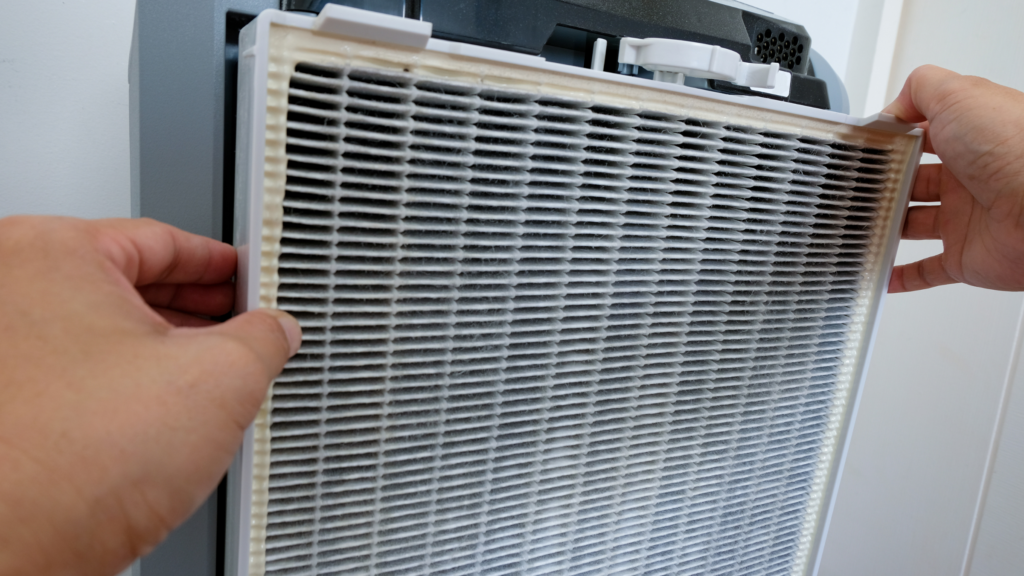
Regularly changing your HVAC system’s air filters is one of the most important maintenance tasks for pet owners. Air filters help remove pet dander, hair, and other particles from the air. Over time, filters become clogged and must be replaced. Failure to do so forces your HVAC system to work harder to push air through dirty filters. This leads to reduced air flow, higher energy bills, and potential damage to your HVAC system.
There are several common types of air filters to choose from:
Fiberglass filters – These are the most basic and cheapest option, costing $5-$10. However, they only filter larger particles and need replacing frequently (every 1-3 months).
Pleated filters – The added folds in these filters provide more surface area for better filtration. They cost $10-$20 and last 3-6 months typically.
Electrostatic filters – These filters use static electricity to attract and trap smaller particles. They cost $20-$40 and should be changed every 6-12 months.
HEPA filters – HEPA (high efficiency particulate air) filters can remove up to 99.97% of particles 0.3 microns or larger. However, they also produce the most air resistance. HEPA filters cost $50-$100+ and require replacement annually.
Check your filter monthly and replace according to the manufacturer’s recommendations. Mark your calendar for a regular schedule. Higher quality filters cost more initially but may save on energy bills over time. Striking the right balance for your home’s needs and budget is key.
Dealing with Pet Odors
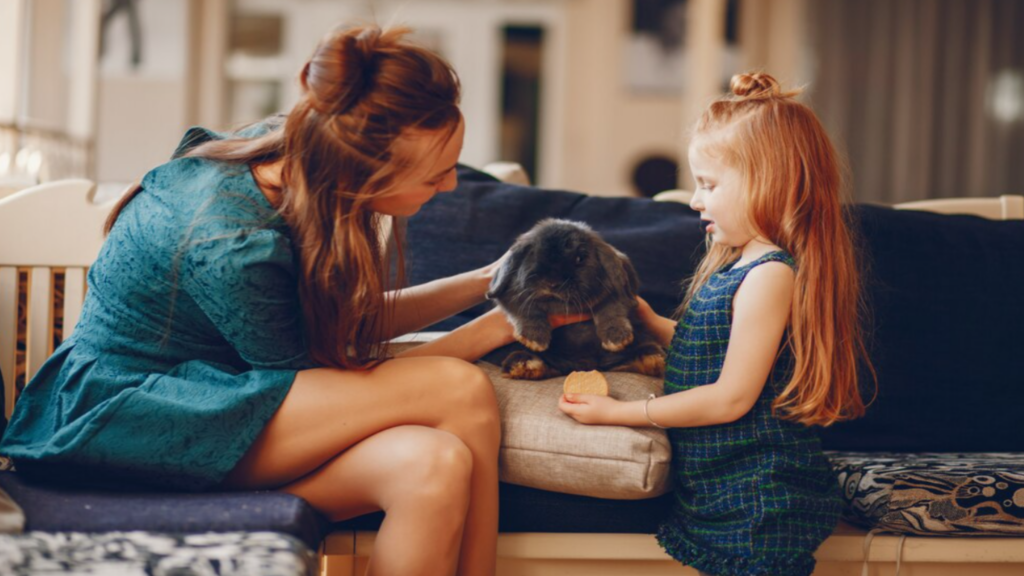
Pets can produce strong and unpleasant odors that may circulate through your HVAC system. As your pet’s dander, hair, and waste get trapped in vents, carpets, and furniture, the odors can spread through your home. When your HVAC system runs, it pulls air in through the return vents. If there are pet odors near return vents, they will get sucked into the system and distributed throughout your house.
To combat pet odors, make sure to regularly vacuum carpets, mop hard floors, and dust furniture to remove dander and hair. Clean any pet waste or accidents immediately. Consider using an air purifier with a charcoal filter or ionizer to remove odors from the air.
Place air purifiers near return vents so they can filter air before it enters the HVAC system. You can also place bowls of baking soda or charcoal near vents to absorb odors. Using HVAC vent fresheners or scented filters can make the air flowing through your system smell fresh and pleasant. With diligent cleaning and air filtration, you can keep pet odors from spreading through your whole house.
Cleaning Vents
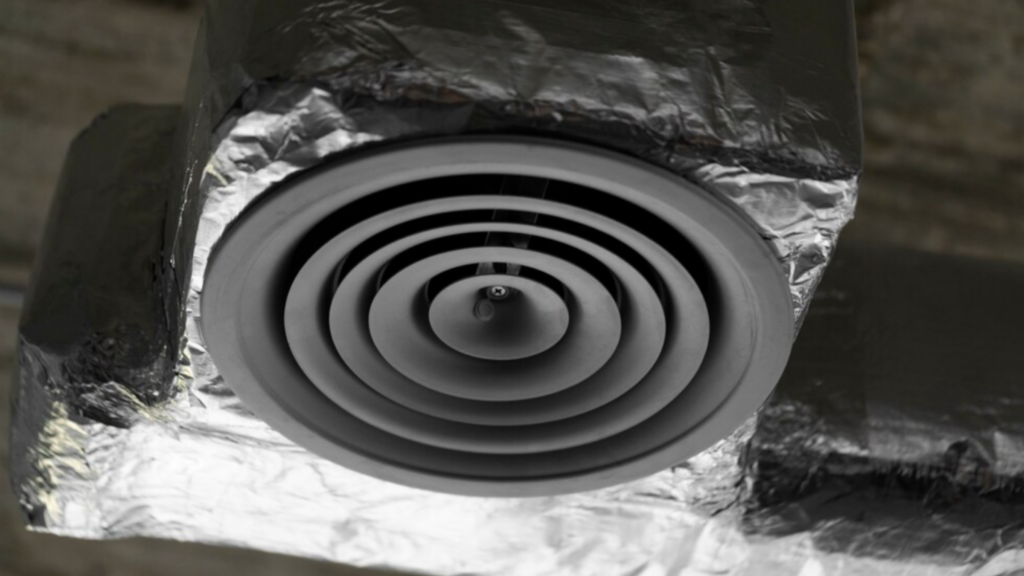
Keeping your HVAC vents clean is especially important if you have pets. Pet hair and dander can easily get trapped in vents, reducing airflow and potentially causing allergens to circulate through your home. Here are some tips for safely cleaning vents:
Wear a mask and gloves when cleaning vents to avoid inhaling allergens. Make sure to open windows or turn on fans to ventilate the area.
Use a soft brush attachment on your vacuum cleaner to get into vents and remove dirt, debris, and pet hair. Vacuum vent covers inside and out.
Unscrew and remove vent covers to give them a deeper clean. Use a mild soap and water solution on vent covers if needed.
Use compressed air to dislodge stubborn debris and pet hair in vents. Spray down the vent and allow the airflow to push out particles.
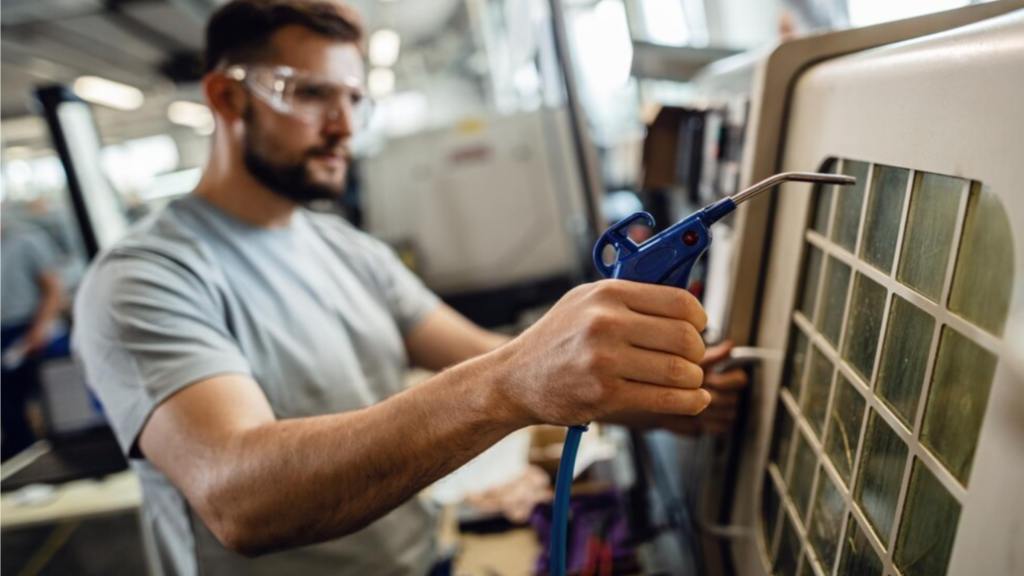
For ducts, consider having an HVAC professional perform a thorough duct cleaning service. They have powerful vacuum equipment to clean deep inside ductwork.
Change HVAC filters frequently as they fill up quickly with pet hair. Electrostatic pleated filters are great at trapping dander.
Clean vents regularly as part of seasonal HVAC maintenance. Clogged vents put strain on your HVAC system and impact indoor air quality.
Humidification
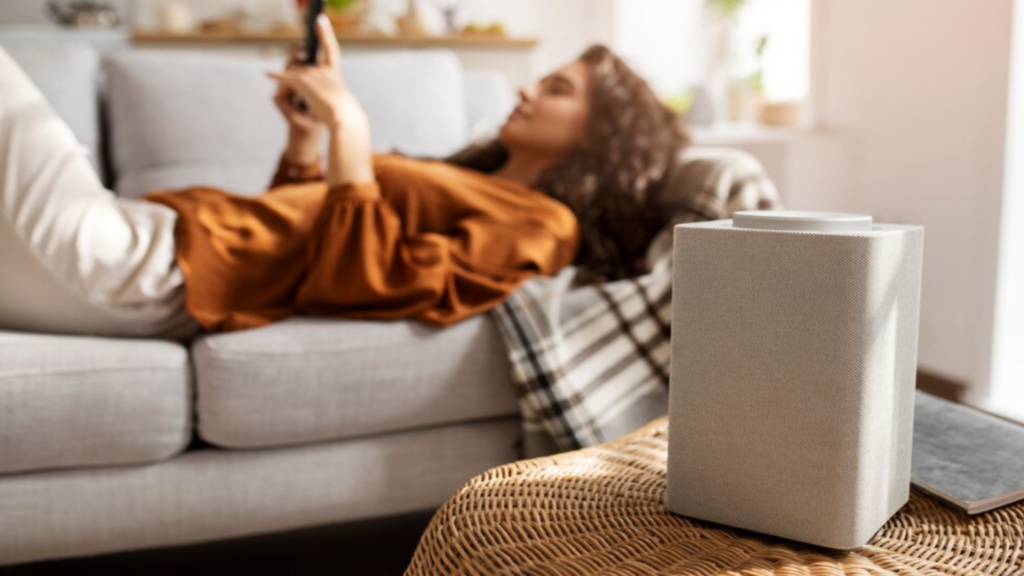
Proper humidity levels are important for your pet’s health and comfort. The ideal humidity range for pets is between 30-50%. Low humidity can cause dry, itchy skin and static electricity. High humidity allows mold and bacteria to grow.
If the air is too dry, there are a few ways to add some humidity:
Use a humidifier. Cool mist and warm mist humidifiers both work well to raise humidity levels. Place it in your pet’s favorite room and clean it regularly.
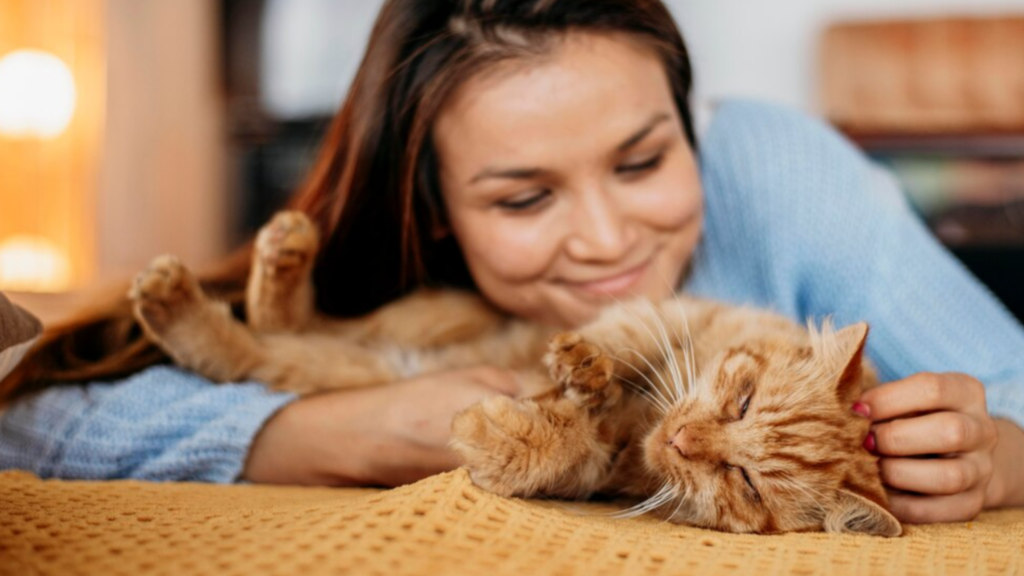
Put out bowls or pans of water. The evaporation will put more moisture in the air.
Hang wet towels up to dry indoors. As they dry, they will release moisture into the air.
Take short steamy showers and keep the bathroom door open afterwards so the steam can spread.
Add moisture-loving houseplants. The evaporation from the soil surface will naturally humidify the air.
Monitor humidity with a hygrometer. Adjust your humidifying methods to keep the humidity in your home within the ideal range for healthy and comfortable pets.
Preventing Mold/Mildew
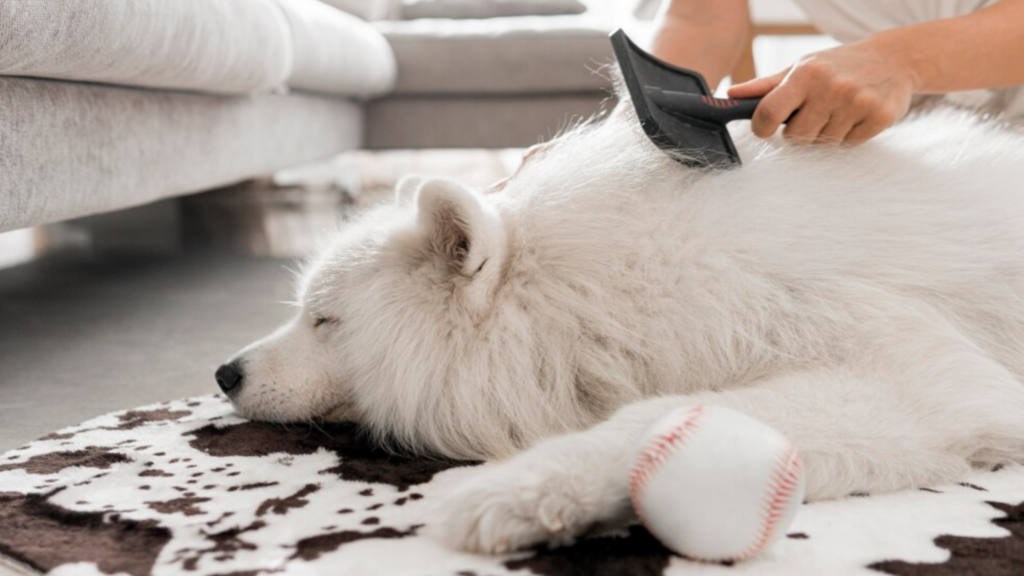
Pets can increase humidity and cause excess moisture in the home, which can lead to mold growth if left uncontrolled. Dogs and cats produce dander, hair, and bodily fluids that add moisture to the air. Their food and water dishes also contribute to humidity levels. Even aquariums or terrariums for reptiles and amphibians release water vapor into the home.
Mold needs moisture to grow. Here are some tips for pet owners to control humidity and prevent mold in your HVAC system:
- Clean up pet accidents quickly using paper towels or a wet vacuum.
- Ventilate bathrooms well after showering pets.
- Clean or change AC filters monthly to improve airflow.
- Use dehumidifiers to regulate humidity, especially in basements.
- Use air conditioners to maintain a comfortable 40-60% humidity level.
- Address any leaks, condensation issues, or water intrusions quickly.
- Clean any existing mold with a solution of bleach and water.
- Consider using a HEPA air purifier to trap mold spores and other allergens.
By controlling humidity and quickly addressing any moisture issues, pet owners can prevent mold or mildew from growing in the home’s HVAC system and ductwork.
Regular Maintenance
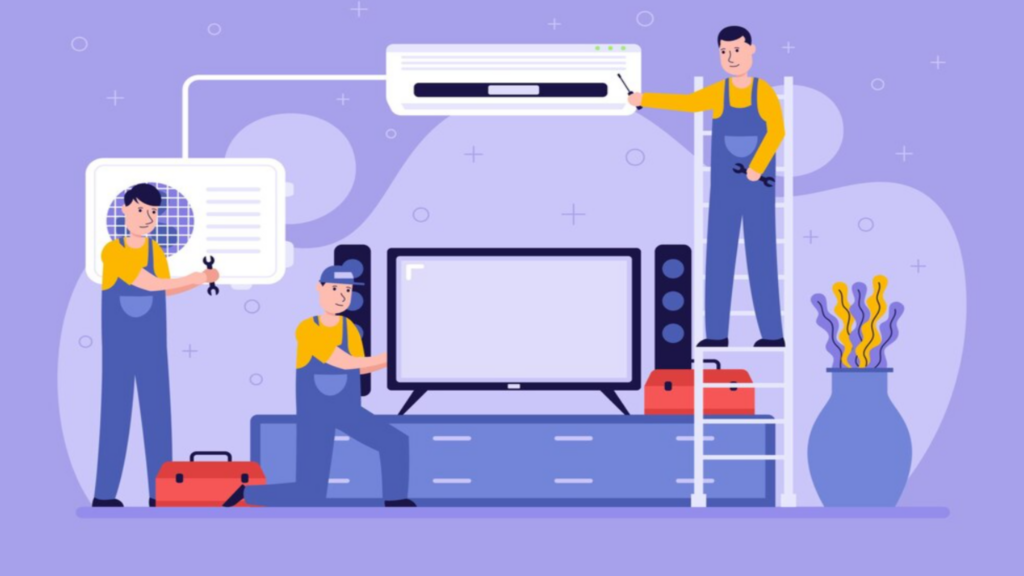
Regular maintenance of your HVAC system is crucial for pet owners. Pets shed hair and dander that can clog air filters and ductwork, reducing airflow. Annual tune-ups by an HVAC professional help keep your system operating efficiently.
- During a tune-up, the technician will:
- Inspect the thermostat, wiring, and controls
- Test for refrigerant leaks
- Check the condensate drain for obstructions
- Clean and lubricate moving parts
- Verify proper airflow and adjust as needed
- Clean evaporator and condenser coils
- Check the flame sensor, gas valve, burner assembly, and heat exchanger
- Monitor starting capabilities to test compressor function
- Evaluate your filter and make filter recommendations
Emergency Preparedness
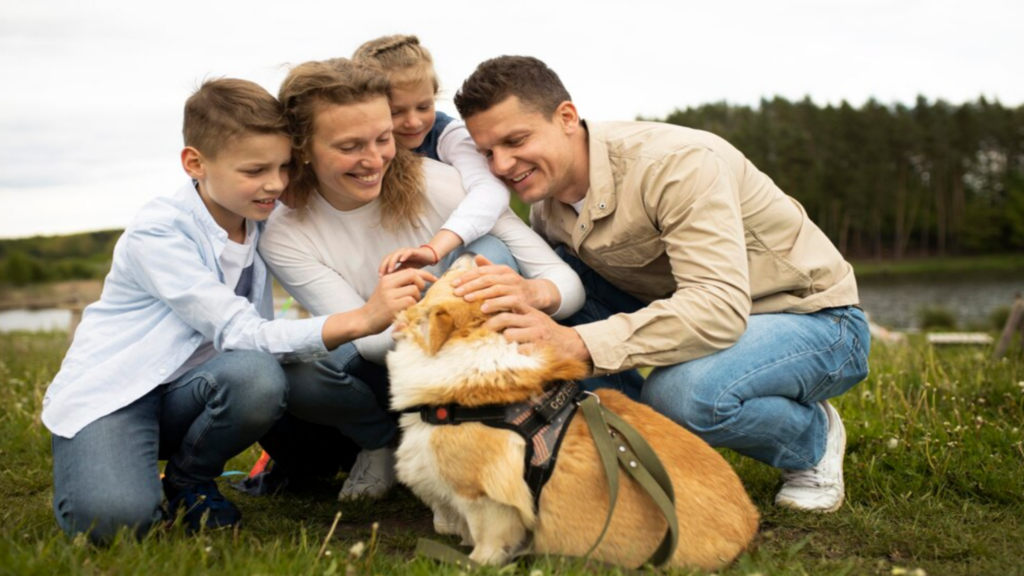
Having a plan in place for HVAC emergencies can give pet owners peace of mind. Here are some tips for emergency preparedness when it comes to pets and HVAC systems:
Create a Pet Emergency Kit: Include 3-7 days’ worth of food and water for each pet. Store in airtight, waterproof containers. Pack medicines, medical records, leashes, toys, litter box, plastic bags, and other essentials. Have pet first aid supplies on hand like bandages, antiseptic, cotton swabs, etc. Print out veterinarian contact info and a list of nearby pet-friendly hotels that allow pets in case of evacuation.
Prepare for HVAC System Failures: Contact an HVAC technician immediately to schedule emergency repairs. Move pets to the coolest room in the house, providing plenty of water. Use fans, misting water bottles, cooling mats or frozen water bottles in blankets to prevent overheating. Open windows for ventilation. Watch for signs of heat stroke or breathing issues. Seek veterinary care immediately if concerned.
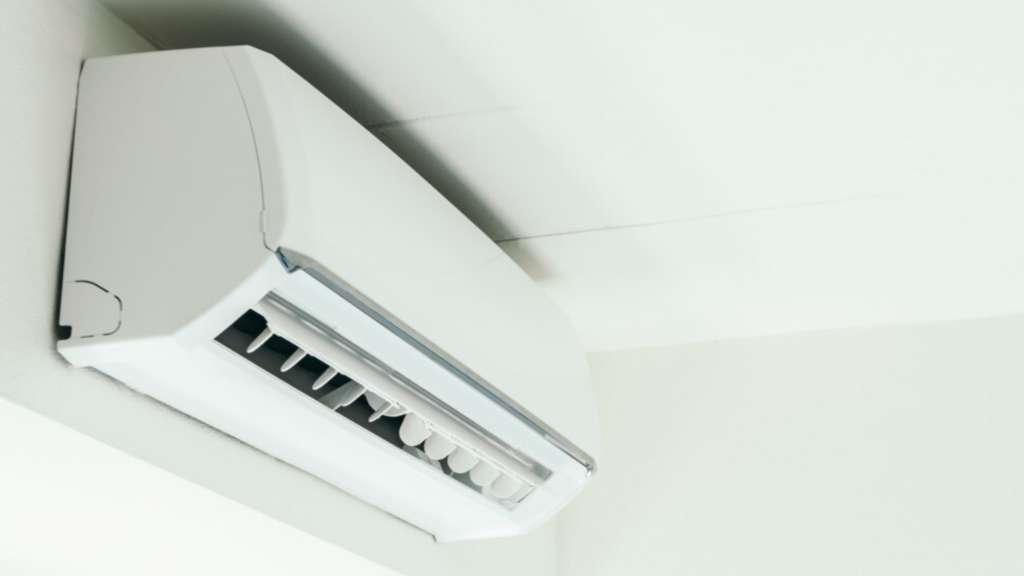
For cold weather HVAC failures, move pets to a warm room in the home. Use blankets, heated pet beds and portable heaters to prevent hypothermia or frost bite. Have emergency phone numbers handy for HVAC repair, electrician, plumber or landlord if applicable. Know where the main electric and water shutoff valves are located.
Planning ahead for HVAC emergencies can help keep pets safe and comfortable until repairs can be made. Having an emergency kit prepared along with vet contact information can give pet owners valuable peace of mind.
Conclusion
Pet owners have important responsibilities when it comes to HVAC care. Regular maintenance of your home’s heating, ventilation and air conditioning system keeps your pets safe and comfortable.
With proper planning and care, your home’s HVAC system can be pet-friendly for years to come. Give your pets the pleasant, healthy indoor environment they deserve with regular HVAC maintenance. For more information on HVAC pet care advise, contact one of our expert energy advisors and they will be able to answer any questions you might have.
Related Posts
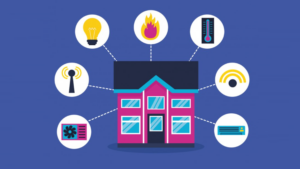
HVAC Glossary: Common HVAC Terms You Need to Know
Discover essential HVAC terms in this guide: heating, ventilation, AC, thermostats, furnaces, heat pumps, ductwork—ideal for new homeowners.
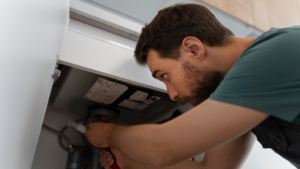
Do You Need a Furnace Tune Up?
Is it time for a furnace tune up? Recognize the signs and boost efficiency with annual maintenance for reliable performance.
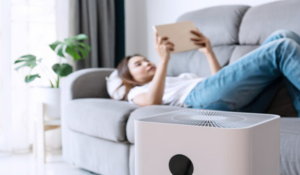
Furnace Humidifier 101: Benefits, Considerations, and Tips
Discover furnace humidifiers: types, health/home benefits, installation, and costs for winter air moisture.

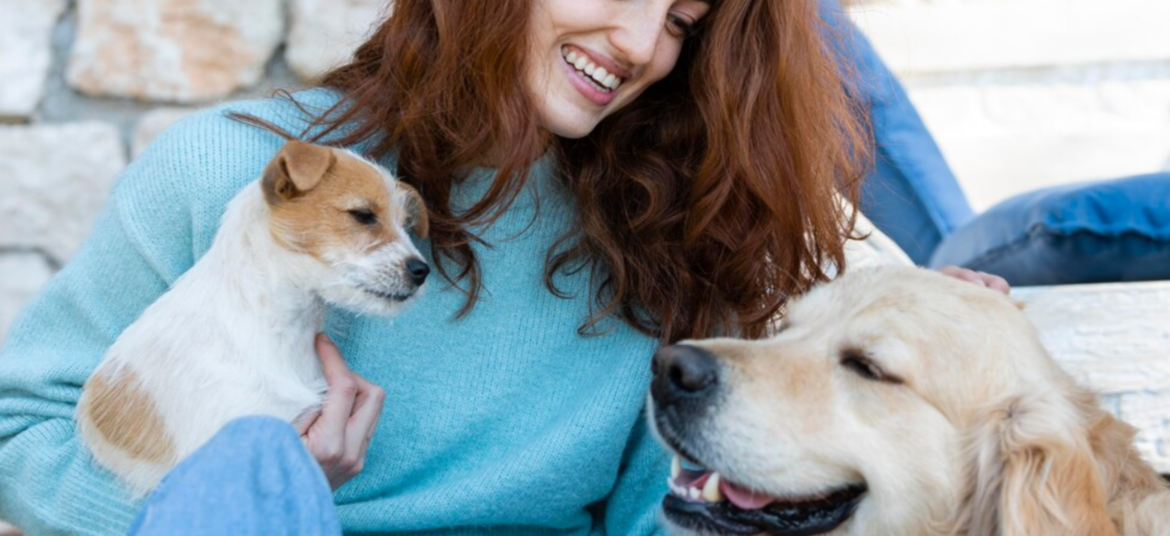
No Comments